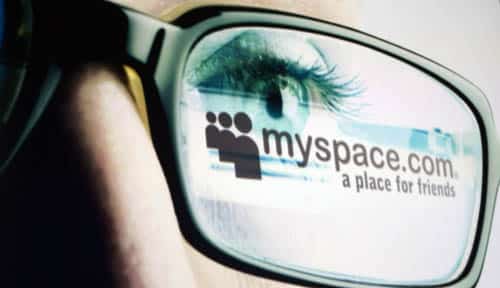
SOME SCHOOLS BAN social networks for wasting classroom time or to protect students from weirdos. But, as part of a wider trend toward less top-down teaching, other institutions are putting tools like MySpace, Bebo and Facebook on the curriculum — and teachers are saying: “Thanks for the add.”
Recent efforts to outlaw the Web 2.0 sites so beloved by teenagers include a congressional bill that would throttle funds to schools that do not restrict access. But Elgg, open-source social networking software developed at the University of Brighton, has been designed specifically with academic uses in mind.
Students, tutors and researchers each get a profile page, a blog, photo sharing and friends lists, and they can create and join on-site discussion communities. Some of these features might cause tutors to balk, but Elgg’s creators say the collaborative, conversational exchanges in which today’s students have become so fluent outside class are the best way to deliver learning inside it.
“The virtual learning environment model used by nearly all universities these days is based on the traditional tutor-led, course-structured mode of learning and doesn’t easily allow for significant participation by students or for crossing course boundaries,” said Stan Stanier, the school’s learning technologies manager, who oversees a 33,000-member Elgg installation. “Higher education is meant to be an environment for student-centered and collaborative learning.”
Broadly, Elgg represents a shift from aging, top-down classroom technologies like Blackboard to what e-learning practitioners call personal learning environments — mashup spaces comprising del.icio.us feeds, blog posts, podcast widgets — whatever resources students need to document, consume or communicate their learning across disciplines.
The idea is spreading. Freely downloadable, Elgg now powers networks set up by nearly 50 schools and colleges around the world, including a particularly active rollout at Universidade de São Paolo in Brazil. In a country where social networking usually means finding a date using orkut, São Paolo’s Stoa builds relationships between groups of physicists, literature students and others.
“One undisputed finding in educational research is that group study works,” said professor Ewout ter Haar. Ter Haar said the software allows students and teachers to share and debate their work, and as a networking tool where students and teachers can find others with similar interests. “Students seem to be using especially their blog as the expression of their academic identity,” he said.
But Elgg, which is being translated into nearly 40 languages, may also have applications outside education.
With media organizations and sports teams scrambling to create yet another social network, the software could become an open-source rival to Marc Andreessen’s Ning platform, an easy way to create on-the-fly, user-centric sites for any conceivable niche.
Around 30 private companies and other organizations, including France Telecom, are already using Elgg. Curverider, a Brighton University spinoff responsible for commercializing the software, recently released an enterprise edition targeting big businesses keen to get on board the social networking train.
Even if Elgg doesn’t grow to rival MySpace’s 160 million members, Curverider’s Explode might help users stay connected across competing networks. Individuals can make friends with one another no matter whether their favorite haunt is Facebook, Flickr or their own blog.
Developers say cross-platform networking could overhaul academic norms.
“Every social network site, MySpace and Facebook included, is in effect a silo of activity with no way to expand,” said project manager Dave Tosh. “In an education context, it will allow students and researchers to collaborate outside the walls of their own institution.”
The University of Brighton hosts ElggJam07, an Elgg-themed conference, July 11. Registration is free, but limited to 70 places.